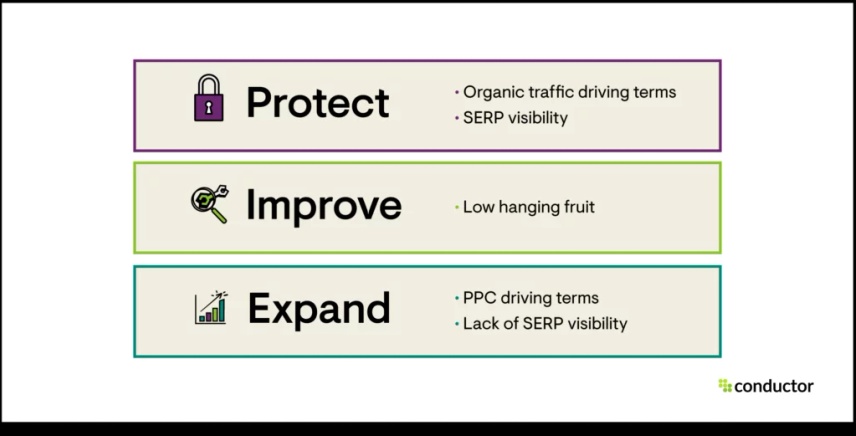Comprehending Secondary Dimensions in Google Analytics: Interpretation and Strategic Assimilation
Comprehending Secondary Dimensions in Google Analytics: Interpretation and Strategic Assimilation
Blog Article
Unveiling the Effect of Additional Dimension in Google Analytics on Data Evaluation and Insights
In the world of information analytics, the usage of secondary measurements within Google Analytics has actually emerged as an essential tool for extracting deeper insights and unraveling complex patterns that may or else continue to be covered. By peeling off back the layers of key data collections, additional measurements supply a nuanced perspective that enhances the understanding of individual habits, web site efficiency, and the effectiveness of marketing methods.
Discovering the Idea of Secondary Dimensions
Additional measurements in Google Analytics give extra understandings by permitting customers to evaluate main data together with an additional quality. This attribute enables a much more comprehensive understanding of the primary data by adding another layer of info for evaluation. By integrating secondary dimensions, individuals can delve much deeper right into the information and reveal beneficial relationships that may otherwise go undetected. For instance, by coupling the main data of website traffic with secondary measurements like demographics or habits, marketers can obtain an extra detailed view of their target market and tailor their techniques accordingly.
Recognizing the idea of secondary measurements is important for maximizing the possibility of Google Analytics. It permits users to section data effectively, determine patterns, and make notified choices based on an extra complete picture of their analytics data. By checking out the various secondary dimensions offered in Google Analytics, customers can unlock new insights and enhance their electronic marketing initiatives. In essence, second measurements work as a powerful tool for enhancing data evaluation and driving workable outcomes.
Enhancing Information Analysis With Second Dimensions
Having established the fundamental understanding of additional dimensions in Google Analytics and their critical function in data evaluation, the emphasis now moves in the direction of leveraging these additional credit to enhance the analysis of analytics information (what is a secondary dimension in google analytics). By including secondary measurements right into information analysis, analysts can obtain deeper insights right into user habits, site performance, and marketing performance

Additionally, second dimensions help in contextualizing key information metrics by providing extra layers of info. This contextualization aids in understanding the 'why' behind the data trends, aiding analysts make educated optimizations and decisions to enhance overall efficiency. Inevitably, incorporating second dimensions enhances the data interpretation procedure, resulting in more calculated activities and purposeful understandings.
Discovering Hidden Insights With Second Dimensions
Exploring the midsts of analytics data with additional measurements exposes useful insights that would certainly otherwise stay covered. By integrating second dimensions in Google Analytics, organizations can uncover hidden patterns, trends, and correlations that offer a more extensive understanding of user behavior and web site performance. These extra layers of information allow analysts to dive deeper right into the primary dimensions, such useful source as web traffic sources or touchdown web pages, and obtain an extra nuanced perspective on how various variables communicate with each various other.
Through using secondary measurements, experts can section and contrast information throughout different measurements, enabling them to recognize specific aspects that influence customer involvement, conversion rates, and overall success metrics. As an example, by coupling the main dimension of 'tool category' with the secondary measurement of 'age team,' marketing experts can determine which age demographics favor accessing the site via mobile phones versus desktops. This degree of granularity encourages services to make data-driven decisions and optimize their techniques for better outcomes. Ultimately, uncovering concealed insights through additional measurements enhances the deepness and accuracy of information evaluation, leading to even more enlightened decision-making and boosted efficiency outcomes.
Leveraging Second Dimensions for Actionable Analytics
Building upon the insights introduced through additional measurements in Google Analytics, services can currently harness this enriched data landscape to drive actionable analytics and calculated decision-making. By leveraging secondary dimensions, companies can dig deeper right into their information to draw out important patterns, patterns, and correlations that might have previously gone unnoticed. This much deeper degree of analysis enables businesses to obtain a much more detailed understanding of individual habits, campaign efficiency, and total web site effectiveness.
One trick advantage of utilizing secondary measurements for actionable analytics is the capability to section data based upon particular criteria. This division enables services to customize their projects and methods to various target market teams, resulting in more targeted and effective advertising efforts - what is a secondary dimension in google analytics. In addition, secondary measurements give an even more holistic sight of user communications, making it possible for companies to enhance their website web content, design, and general customer experience
Optimizing Decision-Making With Second Dimensions
To boost tactical decision-making in analytics, leveraging additional measurements in Google Analytics can provide a much more nuanced perspective on individual habits and campaign efficiency. By integrating additional dimensions right into information analysis, companies can delve much deeper right into the specifics of their web site visitors' communications and interaction patterns. This extra layer of details enables an extra comprehensive understanding of exactly how different variables, such as demographics, devices, or website traffic sources, effect essential efficiency signs.

Conclusion
In final thought, using second measurements in Google Analytics plays a vital role in enhancing information evaluation and discovering covert insights. By discovering this principle, one can gain a much deeper understanding of user habits and make informed choices based on actionable analytics. Leveraging additional dimensions allows for a more detailed analysis of data and takes full advantage of the performance of decision-making processes.
 read review in google analytics
read review in google analytics"/>
Report this page